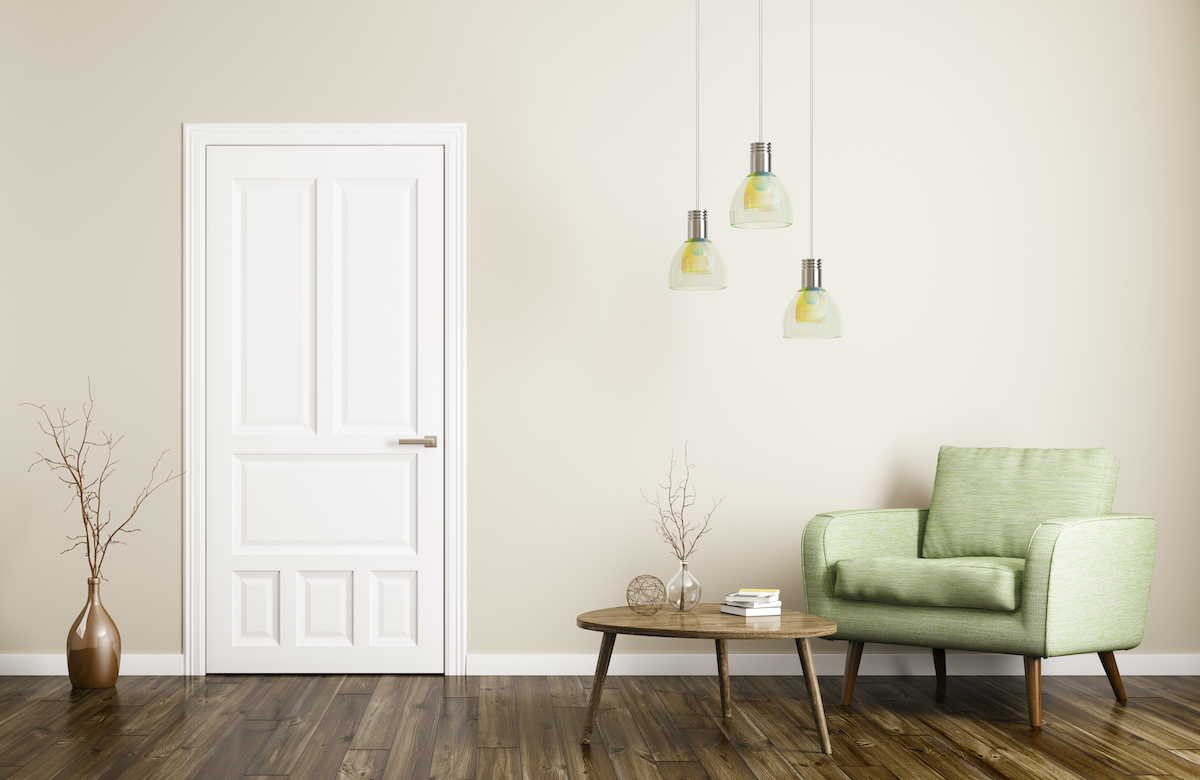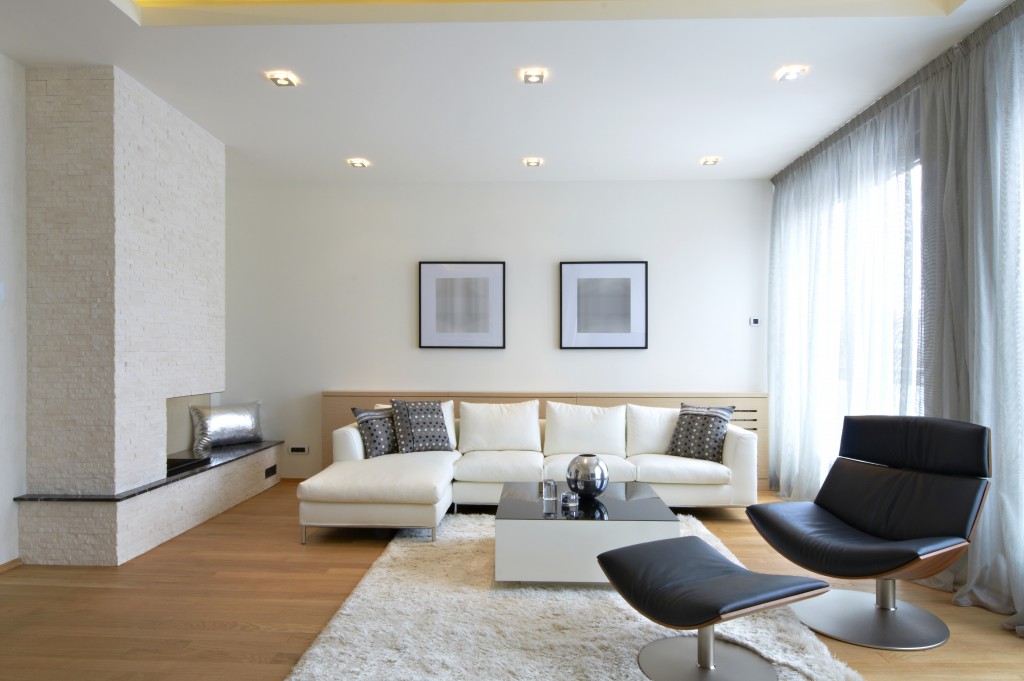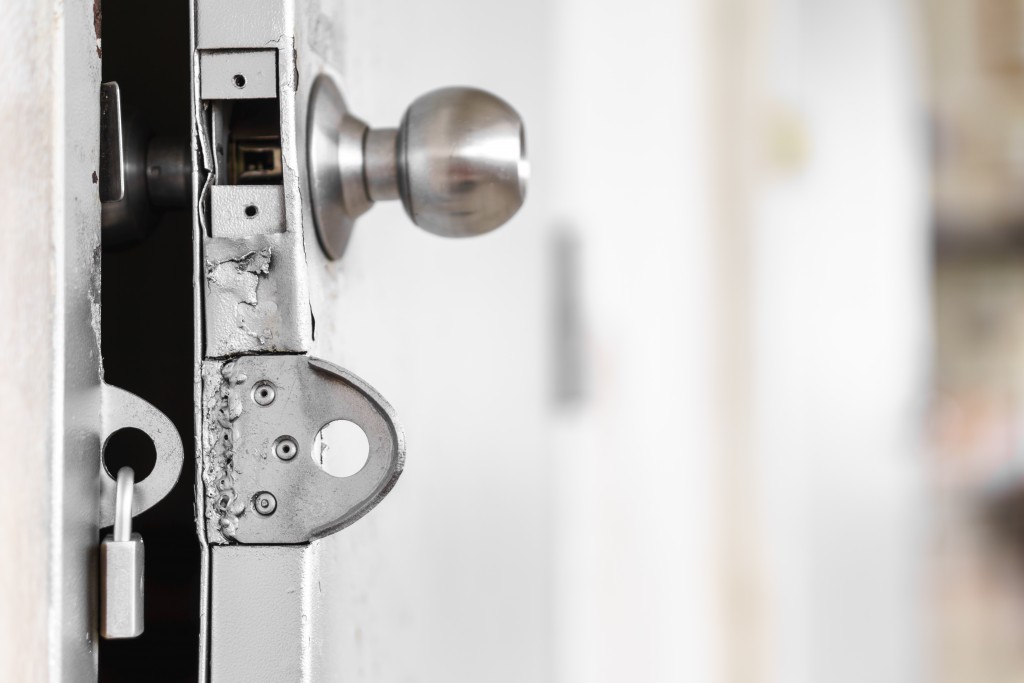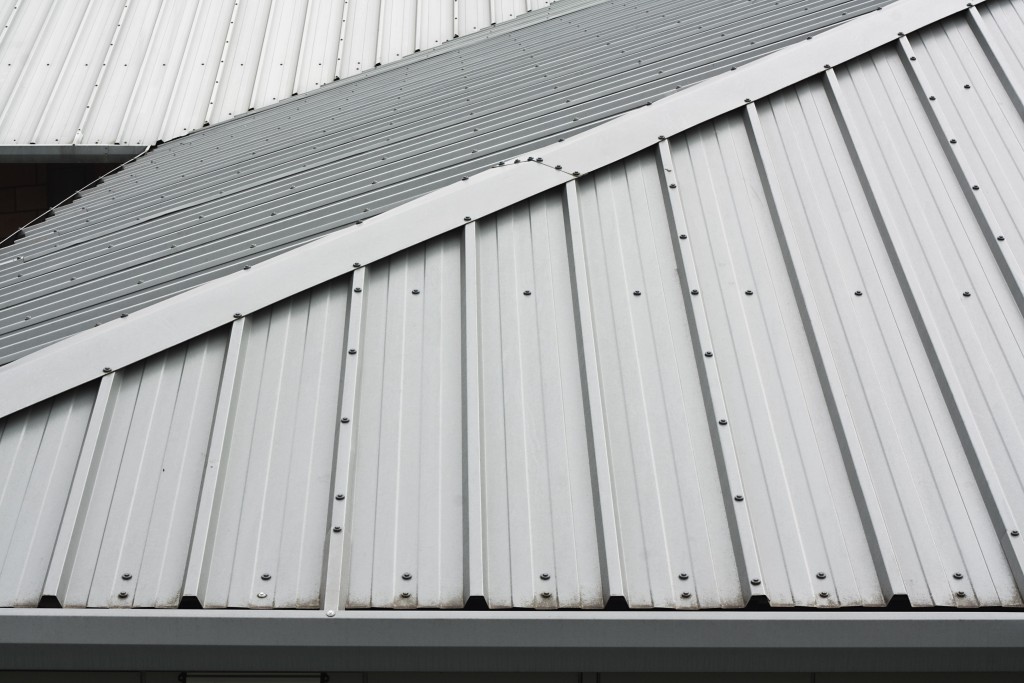For the past five years, tiny home living has taken up more and more real estate in the American public’s consciousness. Shows like Tiny House Nation and Tiny House, Big Living have waxed rhetoric about living small and designing tiny bespoke homes for occupants. It’s a notion that doesn’t appeal to all people. But it does have its advantages, especially in the U.S., in the middle of the pandemic.
What counts as a tiny house?
Tiny houses, according to the American Tiny House Association, fall under the 400 square feet. That is a far cry from the average size of the American home, which in 2013 clocked in at 2,598 square feet. Tiny home living is a drastic change not just in the footage, but also lifestyle, as living in spaces like this call for its occupants to simplify their lives and buy less. Aside from the ideology and philosophy of small house life, however, there are real and practical benefits to having a tiny home.
Why live in a tiny home?
Low Cost. Depending on the customization and included features, the construction can cost as little as $8,000 or as much as $150,000. Compared to the average price of a newly-constructed home ($427,892 in 2017, according to the National Association of Home Builders), tiny houses give younger would-be homeowners more options for first-time purchases.
Debt-free living
With the average American mortgage at just over $1500 a month, building and living a tiny home can be a good investment in the mid- to long-term. Aside from the initial cost involved in producing or buying a little house, the associated cost of living in terms of gas, heating, and electricity is also vastly reduced. When combined with the lifestyle of having few possessions because of the lack of space and living as simply and minimally as the living area allows, this can help homeowners to save money and keep expenses- and therefore debts- down.
Bespoke homes
As living in a confined space can affect mental and emotional well-being, tiny houses are more tailored to the needs of their owners. With space at such a premium, designers must take the occupants’ lifestyle into careful consideration. Entertainment centers and other forms of recreation are designed into the structure, swinging or sliding out of recesses when ready for use. Dual-purpose storage can be incorporated into staircase design and installation, with some even having cleverly-designed layouts and features that can transform a room’s purpose—a kitchen one moment, and a shower the next.

Tiny home living and the pandemic
The pandemic hitting not just the economy but practically every aspect of American daily life, it’s hard to predict what life will be like after the pandemic. But already a picture is starting to emerge, based on buyer patterns. Businessman Robert Herjavec of Shark Tank fame believes that the real estate market will be significantly disrupted in the years ahead, citing a mass exodus away from cities.
In June, apartment vacancies in virus-hit New York reached a record of 3.67%, amounting to over 10,000 apartments for rent. That is 85% higher than the rate in the previous year. Meanwhile, real estate listing services like Zillow and Redfin are predicting a surge in suburban living, as people flee high-density, high-risk cities in favor of telecommuting from suburban houses.
For tiny homeowners, their lifestyle creates unique challenges for life during the pandemic, but many also feel that living in a small space has prepared them for “the new normal.”
The Ups and Downs of the New Normal
On the one hand, supplies have been hard to stock. The limited storage space means stocking up on essentials becomes much more complicated than it would for a normal-sized home. Many small-house owners have had to make their homes even smaller by making sure to get food and other essentials in quantity, a practice that’s not generally compatible with tiny home living. Many tiny homes are also mobile, but the closure of parks and other spaces has also forced many mobile homeowners to relocate or, when all else fails, to move back in with family temporarily.
On the other hand, working from home and social distancing have long been the order of the day for the occupants of tiny homes. While many struggle with cabin fever while stuck at home, many small house owners claim that their lifestyle has prepared them for the pandemic. The owners of a 270-square foot house in Florida says that staying for long periods in their tiny space feels normal. “We often forget how small we live since it’s been three-plus years [since we started],” they said in an interview.
We may not know what life in the next few months, much less the next few years, will be like. The changes to our lifestyles may make going back to the pre-pandemic way of living impossible. But what it has done is make us look at the way we live now, and question if there are any alternatives. And as any tiny home advocate will tell you, the simple, well-considered life of a homeowner is an option worth considering. As one of the most famous tiny homeowners in history, David Thoreau explained, “I went to the woods because I wished to live deliberately, to front only the essential facts of life.”




